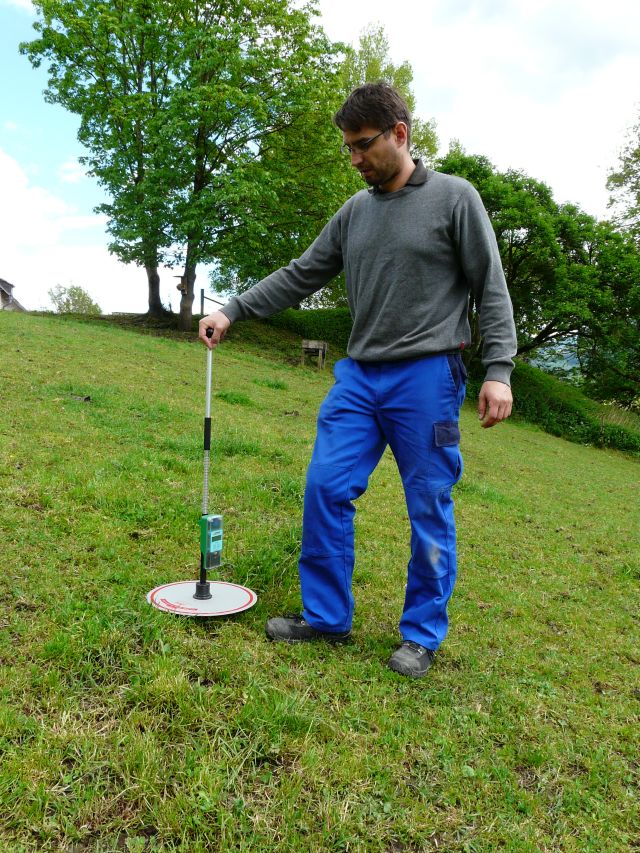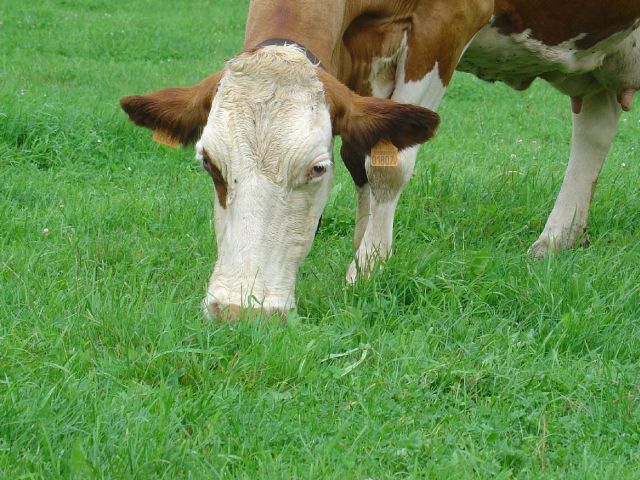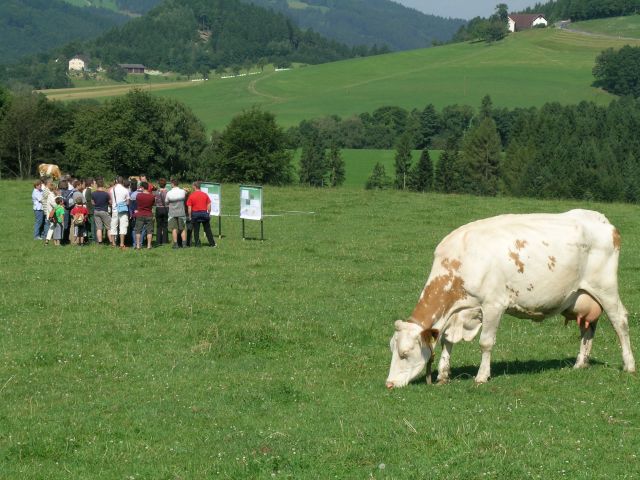
Fig1: In short-grass pastures, the growth height of the plant population provides information about whether the intensity of use is correct.
Effects of growing height?
Since pasture trials have found a negative connection between individual animal and area performance, the effect of short-grass pasture growth height in seasonal full-pasture farming should be investigated for the first time in Austria. For this purpose, an independent pasture experiment was set up in 2018 and 2019 at the organically managed test site of the Bio-Institut in Trautenfels. The results are now available and have already been scientifically published ( Steinwidder et al. 2020).

Treble “short, medium or long”
In Experiment 1 (2018), the growth height groups “short” and “medium” and in Experiment 2 (2019) the groups “medium” and “long” were tested with 18 and 15 dairy cows, respectively. The average growth heights in the two experiments were 5.5 cm (±0.50) in the “short” group in experiment 1 and 6.4 cm (±0.51) in the “medium” group, and in group 2 in experiment 2 “medium” at 6.0 cm (±0.91) and “long” at 7.3 cm (±0.67). The two grazing experiments started on April 18, 2018 and April 19, 2019, respectively. The grazing animals were milked twice a day in the milking parlor of the experimental barn and then received some concentrated feed (1.4 kg DM/animal per day) as well as a mineral supplement at the feeding table. The pasture feed was of high quality, the energy content was on average in the range of 6.4 to 6.6 MJ NEL and the crude protein content was 21 to 22%. Only small differences in nutrient content were determined between the growth height groups within the respective experiment.
Individual animal versus area performance
With regard to individual animal milk production, significant effects of the growth height were found in both experiments; a maximum in individual animal milk production was found at a height of around 7 cm. The energy intake from pasture feed also increased per cow per day with increasing height. In contrast, the milk area output and the calculated pasture net energy area output decreased as the growth height increased. The daily feed increase was then no longer fully used. At the start of grazing, an ECM area output of 132 kg was determined at a growth height of 5.5 cm and an ECM area output of 102 kg ECM/ha and day at 7.5 cm. After two months of grazing, where individual animal and area performance were at a lower level, the growth height effects on area performance were less pronounced in absolute terms.

Valuable results
• The experiment shows that short-grass farms that maximize individual animal performance - especially at the beginning of grazing - must expect a decline in area performance.
• In order to avoid a severe energy deficiency, a significant drop in milk production per cow as well as negative effects on the animals and the plants, growth heights that are too low in full pasture farming are still not considered favorable.
• Pasture farms can also influence individual animal and area performance through supplementary feeding and the breeding selection of cow types.
• Pasture management requires measures that support efficient and even use of pasture plants, even in short-grass pastures. This includes suitable pasture plant stocks, more targeted cow herd management (intermediate couplings, etc.), at Be
may carry out pasture care measures or the implementation of “leader-follower” grazing strategies.
Scientific work:
Steinwidder , A. 1 , W. Starz 1 , H. Rohrer 1 , R. Pfister 1 , J. Häusler 2 , G. Huber 3 and C. Fasching 3 (2020): Influence of the growth height in short grass pastures on individual animal and area performance of dairy cows. Breeding Science 92, 172–191.
1
Higher Federal Teaching and Research Institute for Agriculture HBLFA Raumberg-Gumpenstein, Institute for Organic Agriculture and Livestock Biodiversity, Trautenfels 15, A-8951 Stainach-Pürgg. Email: Andreas. steinwidder @raumberg-gumpenstein ; 2
Higher Federal Teaching and Research Institute for Agriculture HBLFA Raumberg-Gumpenstein, Institute for Livestock Research, Raumberg 38, A-8952 Irdning-Donnersbachtal 3 Higher Federal Training and Research Institute for Agriculture HBLFA Raumberg-Gumpenstein, Institute for Animals, Technology and the Environment, Raumberg 38, A-8952 Irdning-Donnersbachtal







